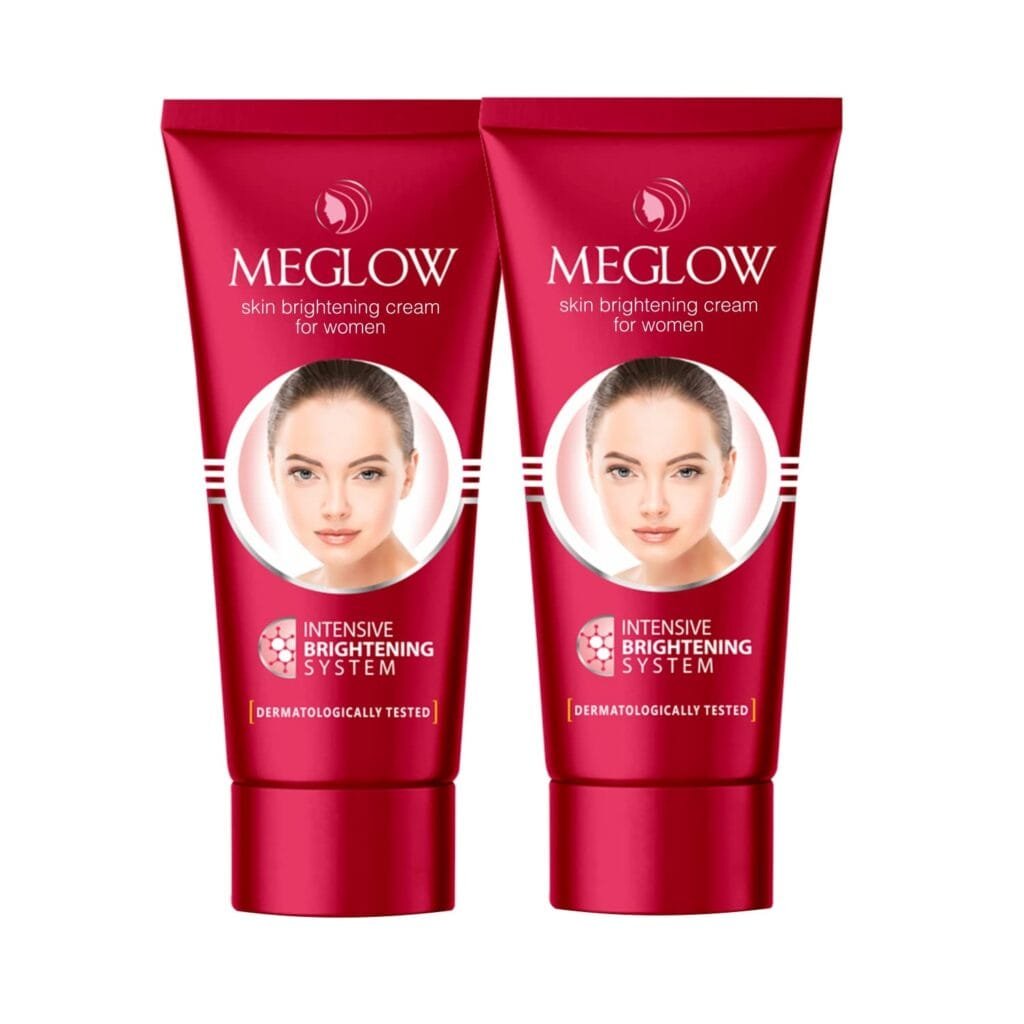
Winter brings with it a certain charm—snow-laden landscapes, cozy evenings by the fire, and hot cups of cocoa. However, this picturesque season can also wreak havoc on your skin. As temperatures drop, the air loses its humidity, leaving your skin prone to dryness, flakiness, and irritation. The face, being the most exposed part of the body, often bears the brunt of winter’s harshness. However,this is where cold cream becomes an indispensable part of your skincare arsenal. Let’s explore why cold cream for face in winter is a timeless solution and how it can transform your skincare routine.
What is cold cream for face?

Cold creams is a water-in-oil emulsion that has been used for centuries as a moisturizer and makeup remover. Its formulation typically includes water, oils (like mineral oil or almond oil), wax (such as beeswax), and sometimes other soothing ingredients like glycerin or aloe vera. The name “cold cream” comes from the cooling sensation it imparts upon application.
Unlike water-based moisturizers that evaporate quickly, cold cream forms a protective barrier on the skin, locking in moisture and shielding it from external aggressors. However, this makes it particularly effective in combating the drying effects of winter weather.
Why Your Skin Needs Extra Care in Winter- cold cream for face in winter

During winter, the combination of cold winds, low humidity, and indoor heating can dehydrate your skin. Dehydration not only leaves your skin feeling tight and uncomfortable but can also lead to:
- Cracks and peeling
- Increased sensitivity
- Redness and inflammation
- Premature aging due to a compromised skin barrier
These issues make it crucial to adopt a skincare routine tailored to the season—and that’s where cold cream shines.
Benefits of Using Cold Cream for Face in Winter
1. Deep Moisturization
Cold creams is rich in emollients, making it a powerhouse of hydration. However, it penetrates deep into the skin to replenish lost moisture, leaving your face soft and supple. Unlike lightweight moisturizers that may not suffice in winter, cold cream’s thick and creamy texture ensures long-lasting hydration.
2. Soothes Dry and Irritated Skin
Winter often triggers skin irritation, especially for those with sensitive skin or conditions like eczema. Cold cream contains soothing ingredients that help calm inflammation, reduce redness, and relieve the discomfort of dry, itchy skin.
3. Protects Against Harsh Elements
The oily component in cold cream creates a protective layer over your skin. This barrier not only locks in moisture but also shields your face from harsh winter winds, freezing temperatures, and even pollutants.
4. Dual-Action as Cleanser and Moisturizer
One of the unique properties of cold cream is its ability to double as a makeup remover. It dissolves makeup and impurities without stripping your skin of its natural oils, making it an ideal choice for winter when your skin needs all the moisture it can get.
5. Gentle on All Skin Types
Cold cream is suitable for a variety of skin types, including dry, sensitive, and mature skin. For oily skin, using cold cream sparingly can still provide hydration without clogging pores, especially if it’s a non-comedogenic formula.
How to Use cold cream for face in winter for Maximum Benefits
1. As a Night Cream
Apply a generous layer of cold cream to your face before bed. The rich emollients will work overnight to repair and rejuvenate your skin, so you wake up with a hydrated and glowing complexion.
2. As a Cleanser
Take a small amount of cold cream and massage it onto your face in circular motions. Use a warm, damp cloth to gently wipe it away. However, this process not only cleanses but also hydrates your skin.
3. For Spot Treatment
If you have extremely dry patches or flaky skin, dab a bit of cold cream on the affected areas and let it sit for a few minutes before gently wiping it off. This targeted application provides quick relief.
4. Under Makeup
Cold winter cream can act as a primer, creating a smooth base for makeup application. Its hydrating properties prevent foundation from clinging to dry patches, giving you a flawless finish.
DIY Cold Cream Recipe for Winter Skincare
If you’re a fan of natural skincare, however, you can easily make your own cold cream at home. Here’s a simple recipe:
Ingredients:
- 1/4 cup of almond oil or olive oil
- 2 tablespoons of beeswax
- 1/4 cup of rose water
- 1 tablespoon of glycerin
- A few drops of essential oil (like lavender or chamomile) for fragrance
Instructions:
- Melt the beeswax and almond oil together in a double boiler.
- Remove from heat and slowly add rose water, stirring continuously.
- Add glycerin and essential oil, then mix until you achieve a creamy consistency.
- Store the cream in a sterilized jar and use it within a month.
This homemade cold cream is free of synthetic chemicals and can be customized to suit your skin’s specific needs.
Tips for Choosing the Right cold cream for face in winter
With so many options available, selecting the right cold cream for your face in winter can be daunting. However, here are some tips to guide you:
- Read the Ingredients: Look for hydrating and soothing components like glycerin, aloe vera, or shea butter.
- Check for Allergens: If you have sensitive skin, avoid products with strong fragrances or harsh chemicals.
- Go for Non-Comedogenic Formulas: This ensures the cream won’t clog your pores, especially if you have acne-prone skin.
- Consider Your Skin Type: Opt for lighter formulas if you have oily skin and richer ones if your skin is dry or mature.
Cold Cream Myths Debunked
Despite its benefits, some misconceptions about cold cream persist. Let’s address a few:
- Myth 1: Cold Cream is Only for Dry Skin While cold cream is highly effective for dry skin, it can also benefit other skin types when used appropriately.
- Myth 2: It’s Too Heavy for Daily Use Modern formulations of cold cream are lighter and less greasy, making them suitable for everyday use.
- Myth 3: It’s Outdated Though it’s been around for centuries, cold cream remains a reliable and versatile skincare product, especially in winter.
Conclusion
When it comes to winter skincare, cold cream is a tried-and-true solution that combines simplicity with effectiveness. However, its ability to hydrate, protect, and soothe makes it a must-have for anyone looking to maintain healthy skin during the colder months. Whether you’re battling dry patches, seeking a gentle cleanser, or simply want to enhance your skincare routine, cold cream for the face in winter is a timeless remedy that delivers.
So, this winter, let cold cream be your skin’s best friend. Embrace the season without worrying about dryness or irritation, and let your natural radiance shine through the frost.
Also, read about best moisturizer cream for face.
Helping content
greatly appreciated!
I’ve been browsing online more than 3 hours today, yet I never found any interesting article like yours.